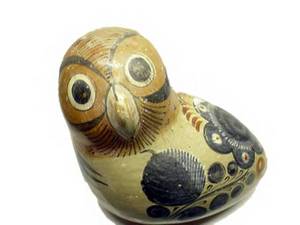Although we often think of speculation as a post-industrial activity, or at least a product of the Industrial Revolution, people have been engaging in speculative activities for a long time. One of the most bizarre examples of speculative activities in the pre-Industrial world occurred in the Netherlands in 1636. That year, a tulip craze struck the Dutch and the price of tulips soared to astronomical prices. Before long, just about everyone was trying to “get in on the action” by buying tulips in the expectation of profiting from the quickly rising prices. Although this market was short lived, it remains a great example of how the market can sometimes behave in irrational ways.
In 1636, the Netherlands was experiencing a period of relative prosperity after having just overcome a depression. This prosperity encouraged spending and one of the things that people started spending money on was tulip bulbs. This makes sense. After years of doing without, people wanted to beautify their homes and property with flowers that grew well in their area. What did not make sense was how quickly the price of tulips rose. As more and more people had more and more money to spend, the demand for tulip bulbs outgrew the supply. Before long, the price for an average tulip bulb was growing by as much as 100% per week.
At this point, the craze began feeding on itself. The quickly rising prices encouraged many people from all walks of life to try their hand at speculation. Since these people had a good expectation that the price of tulips would be significantly higher a week or two after they bought some bulbs, they stood to make a significant profit. Many did make enormous profits off of this craze which encouraged others to try their hand it at. Before long, people were quitting their jobs to become tulip “day traders.” They made money not by buying tulips at wholesale prices from a supplier and reselling them to customers at retail prices, but by buying a supply of tulips and waiting for the price to rise before reselling. By January of 1637, some rare tulip bulbs were fetching prices equivalent to over $100,000 in today’s dollars.
Obviously, the market could not sustain that type of frenzied activity forever. The tulip market had quickly become overbought and had stayed that way for months and months. It was only a matter of time before the end came. It did in February of 1637. As all markets must do at some point, the tulip market finally corrected itself. As a result, the bottom fell out of the tulip market. After the crash, the price of tulips was less than 1% of what it had been before the crash. Many Dutch who had invested heavily in tulips lost everything. Others saw all of their paper profits wiped out. They had indeed made money in tulips, but they had waited too long to cash in. A few savvy individuals had foreseen the collapse of the tulip market and had gotten out in time. Some of these individuals had made enormous profits from the short term irrationality of the market.





